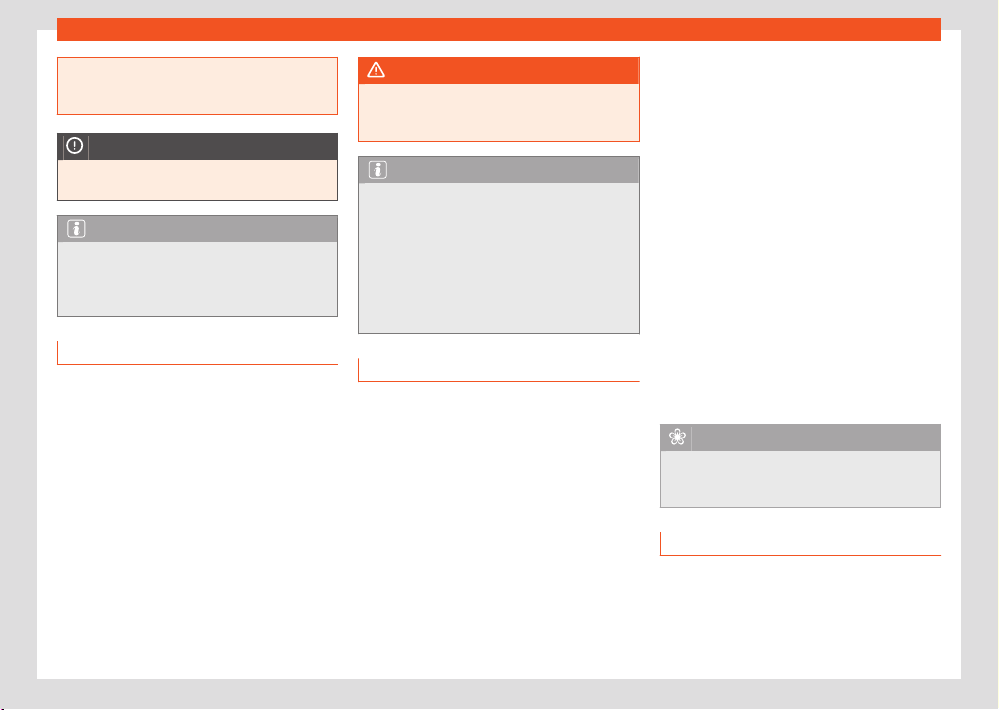Loading ...
Loading ...
Loading ...

114
Driving
●
If a luggage rack is fitt
ed on the rear lid, re-
move it and the load when you have to drive
with the rear lid open.
NOTICE
An open rear lid changes the height and, in
some cases, the l
ength of the vehicle.
Note
Depending on the country, it may be forbid-
den t
o drive with the rear lid open. Please
observe the legal regulations of the country
in question.
Driving on flooded roads
To prevent damage to the vehicle driving on
flooded roads, take the following into account:
●
Water should ne
ver come above the lower
edge of the bodywork.
●
Drive at pedestrian speed.
●
Never stop the vehicle in the water, drive in
reverse or stop the engine.
●
Vehicles driving in the opposite direction form
waves that can raise the water level so high
that your vehicle will not be able to cross the
water safely.
WARNING
After driving through flooded z
ones, braking
eectiveness can decrease if the brake discs
or pads are damp ›››page132.
Note
●
Driving through flooded ar
eas may se-
verely damage vehicle components such as
the engine, drive train or electrical system.
●
Avoid driving through salt water (corrosion)
›››page295.
●
Whenever driving through water, the
Start-Stop system must be switched o
›››page120.
Running in
Please observe the instructions for running-in
new components.
Running-in the engine
A new engine must be driven through a
run-in period during its first 1500 kilometres
(1000 miles). During its first few hours of run-
ning, the internal friction in the engine is greater
than later on when all the moving parts have
bedded down.
How the vehicle is driven for the first 1500km
(1000 miles) influences the future engine per-
formance. Throughout the life of the vehicle,
it should be driven at a moderate speed (es-
pecially when the engine is cold) this will re-
duce engine w
ear and increase its useful life.
Never drive at extremely low engine speeds.
Always engage a lower gear when the engine
works “irregularly”. For the first 1000km or
600 miles, please note:
●
Do not use full throttle.
●
Do not force the engine above two thirds of its
maximum speed.
●
Do not tow a trailer.
Between 1000 and 1500 kilometres (600 to
1000 miles), gradually increase power until
reaching the maximum speed and high engine
speeds.
Running in new tyres and brake pads
●
Replacement of wheel rims and new tyres
›››page276.
●
Information about brakes ›››page132.
For the sake of the environment
If the engine is run in gently, the life of the
engine will be incr
eased and the engine oil
consumption reduced.
Trips abroad
The vehicle has been manufactured for a spe-
cific country and meets the approval regula-
tions in force in that country at the time it was
manufactured.
Loading ...
Loading ...
Loading ...